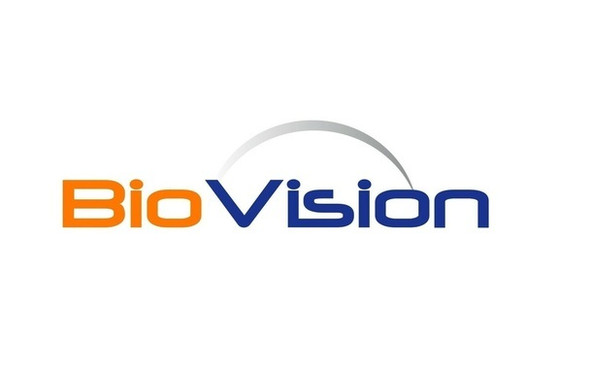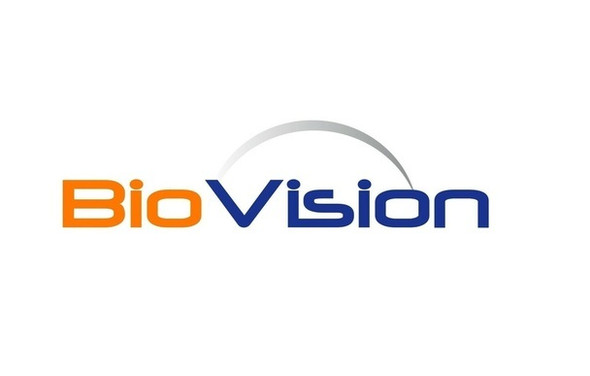Biovision
Human CellExp™ BTN1A1 / Butyrophilin, Human Recombinant
- SKU:
- 26-P1261
- Availability:
- Usually Shipped in 5 Working Days
- Storage Temperature:
- -20°C
- Shipping Conditions:
- Gel Pack
- Shelf Life:
- 12 months
Description
Biomolecule/Target: BTN1A1
Synonyms: BTN1A1, Butyrophilin, BTN
Alternates names: BTN1A1, Butyrophilin, BTN
Taglines: Inhibits the proliferation of CD4 and CD8 T-cells activated by anti-CD3 antibodies, T-cell metabolism and IL2 and IFNG secretion.
Taglines: USA
Country of Animal Origin: USA
NCBI Gene ID #.: 696
NCBI Gene Symbol: BTN1A1
Gene Source: Human
Accession #: Q13410
Recombinant: Yes
Source: HEK293 cells
Purity by SDS-PAGE #: ≥95%
Assay: SDS-PAGE
Purity: N/A
Assay #2: N/A
Endotoxin Level: < 1.0 EU per/μg
Activity (Specifications/test method): N/A
Biological activity: N/A
Results: N/A
Binding Capacity: N/A
Unit Definition: N/A
Molecular Weight: 25.8 kDa
Concentration: N/A
Appearance: Lyophilized
Physical form description: Lyophilized from 0.22 μm filtered solution in PBS, pH7.4. Normally trehalose is added as protectant before lyophilization.
Reconstitution Instructions: Centrifuge the vial prior to opening. Reconstitute in sterile deionized water.
Background Information: Butyrophilin subfamily 1 member A1 (BTN1A1) is also known as BTN, which is a member of the immunoglobulin superfamily and the major protein, associated with fat droplets in the milk. BTN1A1 may have a cell surface receptor function. The human butyrophilin gene is localized in the major histocompatibility complex (MHC) class I region of 6p and may have arisen relatively recently in evolution by the shuffling of exons between 2 ancestral gene families. Furthermore, BTN1A1 regulates the amount of lipids and size of droplets expressed in milk and inhibits the proliferation of CD4 and CD8 T-cells activated by anti-CD3 antibodies, T-cell metabolism and IL2 and IFNG secretion.
Amino acid sequence: N/A
Handling: Centrifuge the vial prior to opening.
Usage: For Research Use Only! Not to be used in humans






